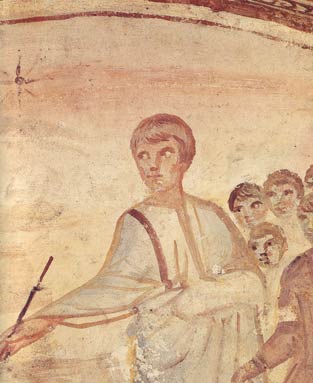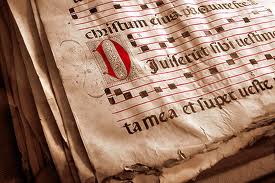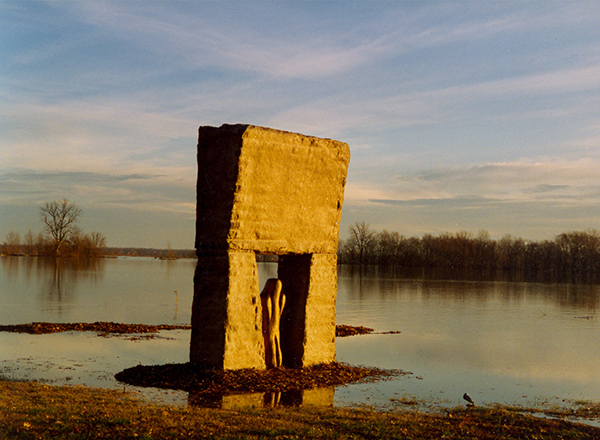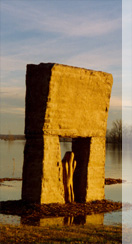Our Mission
“The world in its grandeur is full of spiritual radiance.”
Marcus Borg, 1942-2015“In all creation, the most perfect symbol of God is light.”
Abbot Suger, 1081-1151
 Welcome to where art and spirit meet. GladdeningLight takes its inspiration from the lighting of candles with the oldest Christian hymn to begin vespers in the eastern tradition. Phos hilaron—”gladdening light” in the ancient Greek—signifies the balancing of night and day, an introduction of light into darkness, providing us an illuminated blessing along the way.
Welcome to where art and spirit meet. GladdeningLight takes its inspiration from the lighting of candles with the oldest Christian hymn to begin vespers in the eastern tradition. Phos hilaron—”gladdening light” in the ancient Greek—signifies the balancing of night and day, an introduction of light into darkness, providing us an illuminated blessing along the way.
In the same way that light and dark converge, so do the sacred and the secular. God cannot be contained within liturgy or within the hallowed walls of a sacred structure—indeed, cannot be contained at all. We experience God as an encompassing Spirit infusing our being with wonder, wisdom and discovery. The seed arises from the indwelling, where the divine spark engages creativity to express our inmost passions. When artists show favor upon this spark allowing it to bloom, breathtaking art is often born.
As ever, the arts burst with vitality, innovation and passion which lead creative souls toward a wellspring of spiritual themes. In this haven of creativity where the Holy Spirit is at play, artists flourish with divine gifts of recreation—re-creation—made new in relevant and transcendent forms.
Let us reference some context from the Institute for Worship Studies Greg Wilde, DWS —
“The Phos Hilaron, (literally, light of hilarity, or gladdening light) is probably the most ancient piece of non-scriptural hymnology or ecclesial poetry to have made its way into regular Christian liturgical praxis. It is quite simply a hymn of thanksgiving for light, itself, composed to accompany the daily ritual of the lighting of the lamps at sundown, and to render thanksgiving to God for His offering of the Light of Christ, the Light of the World, which has overcome the darkness of this world, and which continues to do so.
While musical accompaniment renders powerful embellishment of its text possible, the most compact translation of the original Greek is this:
heavenly, holy, blessed Jesus Christ!
As we come to the setting of the sun and behold the evening light,
we praise you Father, Son and Holy Spirit, God!
It is fitting at all times that you be praised
with auspicious [undefiled] voices,
O Son of God, giver of life.
That is why the whole world glorifies you!

It is tempting for Christians to want to attribute the composition of this piece to Jewish tradition, seeing it as a re-write of the prayer said for the lighting of the Sabbath Light, but most liturgical scholars agree that the evidence for the daily nature of a Christian thanksgiving for the light points to a more likely Christianizing of a pagan Greek custom. It may also be tempting for some Christian scholars to want to credit Palestinian monastic tradition (esp. Sabas) for its composition, but clear evidence of its fourth century inclusion in cathedral evensong and vespers throughout the periphery of the Roman Empire, from Britain, Spain and Rome to Ethiopia, India and Armenia seems to indicate a much earlier grassroots distribution of the hymn. The Cappadocian siblings Basil, Gregory of Nyssa, and their sister, St. Macrina testify in the late 370’s that the Phos Hilaron had been a part of their own heritage as long as they could remember, which would indicate that, in the churches of Asia Minor, at least, the hymn was used daily even before there was a clearly formed vespers in which to include it, that it would have been at least pre-Nicene, and probably pre-Edict of Toleration in origin. Hippolytus also hints at a Christianized lucernarium in connection with the agape feast of his community a hundred years earlier.
Regardless of its original derivation, however, the clear tie to the Light of Christ and to the early Christian baptismal spirituality of becoming illuminate is unmistakable. Irenaeus reminds us, “To see the light is to be in the light and participate in its clarity; likewise to see God is to be in Him and participate in His life-giving splendor; thus those who see God participate in His life” (Adv.haer.IV, 20:5).
In today’s world, we often take for granted that with the flick of a switch we can enjoy all different kinds of light whenever we want to, and our lifestyles no longer revolve around the natural rising and setting of the sun. In such a world it is easy to lose sight of just how significant it is that Jesus Christ is the light of the world, and that darkness is, in fact, something to be feared.”
— Greg Wilde, The Robert E. Webber Institute for Worship Studies, used by permission
These ancient crosscurrents vault into the twenty-first century to illumine and shepherd our lives. Here at GladdeningLight, we celebrate the divine spark amidst humanity’s aspirations to render the spiritual. We invite you to join us on the journey.

 Connect with GladdeningLight on
Connect with GladdeningLight on 

